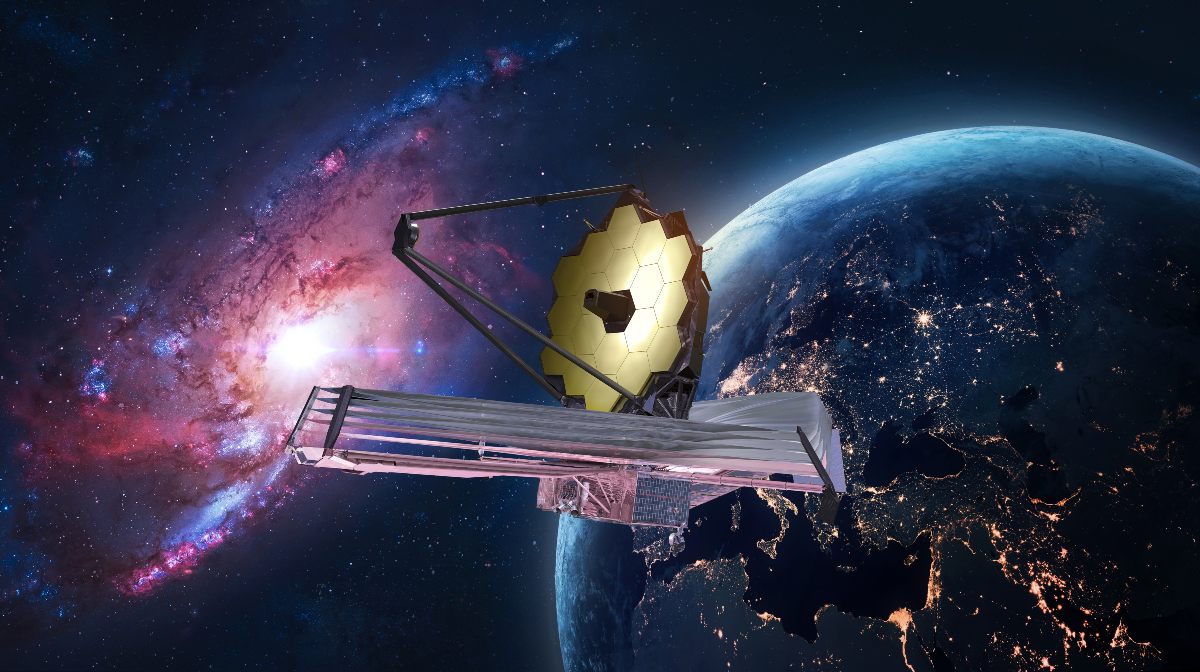The James Webb Space Telescope has made an important discovery. For the first time, galaxies older than 13 billion years were sighted, the oldest galaxies ever discovered. More precisely, these are galaxies that were created shortly after the birth of the universe, so here lies the importance of the discovery.
It is worth remembering that the James Webb telescope is the most powerful space observatory and a fundamental tool for everything related to space exploration. It allows you to reach the depths of the cosmos, which has led to interesting discoveries.
For example, in February it discovered giant galaxies almost similar to the Milky Way and very old. The James Webb also has the ability to capture more than 20,000 galaxies in a single image, which shows the capability of this telescope and greatly expands the possibilities for exploration.
What is the new James Webb Space Telescope discovery all about?
The James Webb telescope discovery is of great importance because it is the first time such ancient galaxies have been discovered. According to Brant Robertson, one of the research astrophysicists, galaxies 350 million years after the Bing Bang have been discovered. He described this as a special experience, especially because of the images they were able to capture.
Establishing the age of galaxies was made possible through the use of a specialized instrument on the telescope. It is an infrared spectrograph that allows separating light into different parts in order to analyze the properties and composition of galaxies or planets.
In the case of the galaxies discovered, they are faint reddish dots, which helped confirm that they are not only very old but also distant galaxies. The possibility of exploring this type of objects is thanks to the James Webb, since they are far from the reach of other telescopes.
The importance of this discovery also lies in the fact that it allows us to retrace the path to the formation of the planets. More precisely, it is confirmed that more than 13 billion light years ago, thousands of stars helped the generation of the first planets. According to Patrick Kelly of the University of Minnesota, galaxies this old have never been observed with this level of detail.
According to Hayley Williams, also from the University of Minnesota, this discovery will allow us to learn more about the characteristics of the first galaxies. “The galaxies that existed when the Universe was in its infancy are very different from the ones we see now,” he added.
What are the features of the James Webb Space Telescope?
It is the power of the Webb telescope that enables such important discoveries for space exploration and for science itself. This is possible because of the tools that the telescope possesses, among them:
- Infrared view: this is an infrared telescope, which makes it possible to see much more of the universe. Infrared can penetrate places where a telescope like Hubble cannot reach.
- Giant mirror: the Webb telescope mirror is more than 21 feet wide, two and a half times larger than the Hubble mirror. This mirror is the one that allows to capture more light and, consequently, to be able to observe more distant objects.
It looks like the discoveries of the James Webb Space Telescope will continue to revolutionize space exploration and allow us to learn more about the depths of the universe.




